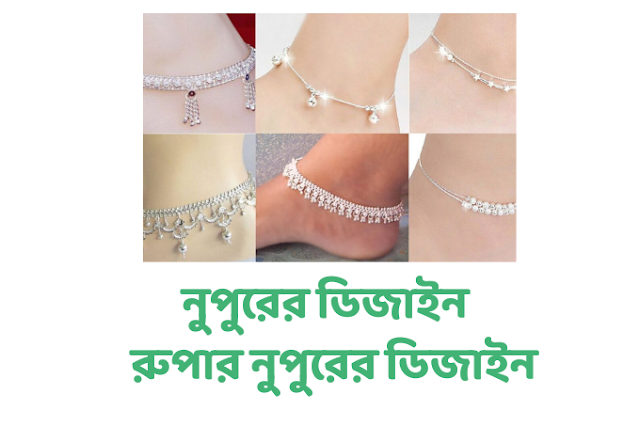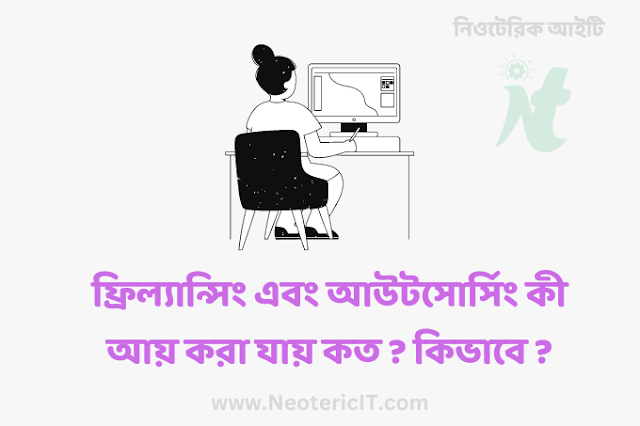Rules of using iron machines - using iron machines
Hello dear guest - Welcome to Neoteric IT . You have come to Neoteric IT for information about Rules of using iron machines - using iron machines Today I will conclude this article by discussing Rules of using iron machines - using iron machines in detail. Search Google to know more about Rules of using iron machines - using iron machines write Rules of using iron machines - using iron machines or click here insightflowblog.com for visit. See the page Table of content for know the main topic of this article. Web story and AMP Version
Ironing clothes is an essential part of keeping clothes clean and presentable. A well-pressed shirt or pair of pants can make all the difference in how you look and feel, whether you're going to work, a special event or out and about. However, ironing requires some knowledge and caution as it uses a machine that produces high heat and steam. In this article, we will discuss the rules of using clothes iron machine.
Rules for using iron machines - using iron machines - NeotericIT.com
Read the manual
The first and most important rule for using a clothes iron is to read the manual. Every iron is different, and the manufacturer's instructions for use may vary from one model to another. The manual will provide you with essential information such as which type of fabric the iron is suitable for, operating instructions, cleaning tips and maintenance guidelines.
Select the correct temperature setting
Different fabrics require different temperature settings for optimal ironing results. For example, cotton and linen require a higher temperature setting than silk and wool. If you're not sure which temperature setting to use, always start at a low setting and increase as needed until you get the results you want. Using too high a temperature on delicate fabrics can cause them to shrink, scorch or even melt.
Use distilled water
Using tap water in your iron can cause mineral build-up and damage the heating element over time. Always use distilled water to fill your iron water reservoir. Distilled water is free of minerals that can clog the steam vents and affect the performance of your iron.
Iron in a well-lit area
Ironing in low light can cause accidental burns or scorch marks on your clothes. Always iron in a well-lit area so you can see what you're doing. You should also avoid ironing near flammable materials such as curtains or bedding, as the steam from the iron can catch them on fire.
Do not leave the iron unattended
Leaving a hot iron unattended can cause accidents and potentially start a fire. Always turn off the iron when you're going away for just a few minutes, even if you're done using it. It's also a good idea to unplug the iron when not in use.
Use a clean ironing board
Ironing on a dirty or stained ironing board can transfer dirt or stains onto your fabric. Make sure your ironing board is clean before putting your clothes on. You can wipe the surface with a damp cloth or use an ironing board cover that is easy to wash.
Avoid overcrowding the ironing board
Overcrowding the ironing board can make the iron difficult to maneuver and result in uneven pressure. If you need to iron a large item like a bed sheet or tablecloth, consider folding it in half or quarters so it fits better on the ironing board.
Iron cloth inside and out
Ironing clothes inside out protects the fabric from direct heat, reducing the risk of scorch marks or shiny spots on your clothes. This is especially important for delicate fabrics like silk or satin. Before ironing, turn your clothes inside out and press gently with the iron.
Use less starch
Starch can give clothes a crisp, professional look. However, using too much starch can build up on the iron and clog the steam vents. Use less starch or avoid it altogether if you have a sensitive respiratory system.
Do not iron very wet clothes
Very wet clothes can damage the ironed fabric and cause it to stretch or shrink. Allow clothes to air dry or spin in the dryer before ironing. If you need to iron damp clothes, use a low temperature setting and iron one section at a time, allowing each section to dry before moving on.
In conclusion, using a clothes iron can be easy and safe if you follow these rules. Read the manual, set the correct temperature, use distilled water, iron in a well-lit area, do not leave the iron unattended, use a clean ironing board, avoid crowding, iron inside out, use less starch and do not iron. Clothes that get too wet are the rule of thumb for using a clothes iron. Remember, proper care of your clothes iron will ensure that it works efficiently and effectively for years to come.
Thanks for read the post. You can also read the article in bangla - using-iron-machines
You are indeed a valued reader of Neoteric IT. Thank you so much for reading Rules of using iron machines - using iron machines article. Please let us know how you feel after reading this article.

 Follow Google News to get the latest Neoteric IT news
Follow Google News to get the latest Neoteric IT news 
.png)





Please comment in accordance with the policy - otherwise your comments will not be accepted.
comment url